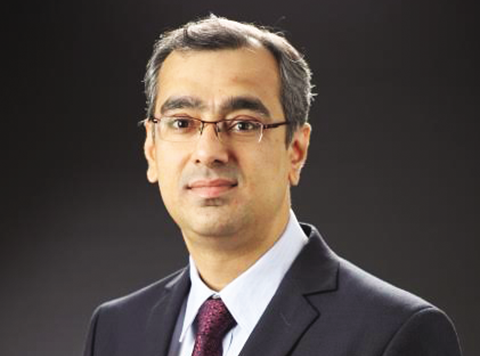SBI Magnum Income Fund won the Morningstar Best Fund Award in Medium to Long Duration Fund Category for 2019. Dinesh Ahuja, Fund Manager, SBI Mutual Fund, talks to Morningstar about how he plans to sustain the fund’s performance going ahead.

What is your investment strategy for this fund and what helped you build this track record?
The idea has been to create a portfolio which focuses both on accrual as well as duration. Thus, around 60% of the fund is deployed in securities having a minimum rating of AA- with 2–5 year of residual maturity. The remaining 40% of the fund focuses on generating alpha by taking duration calls based on the overall view on interest rates. Post the 2013 crisis which caused high volatility in rates, we realized that a strategy with moderate duration as well as moderate credit risk leading to more stable return profile, should benefit investors in the medium to long time horizon. With this in mind, we decided on the combination of accrual and duration strategy while maintaining an average maturity of 5–10 years (currently 4–7 years of Macaulay Duration as per SEBI classification) in the fund, which has benefitted in terms of overall performance.
Debt funds are mainly popular among high net worth individuals (HNIs) and institutional investors. What can be done to attract more retail investors in debt funds?
It is very important for investors to understand the importance of long-term investing. While timing of investment is always difficult, particularly for retail investors, the discipline of having a proper asset allocation (based on the individuals risk appetite) at all times would make the investment decisions a lot easier. Creating awareness among investors on the above would help the investors generate reasonable returns which in turn would further inculcate the habit of long term investing in debt funds. Income fund witnessed large amount of flows just prior to the 2013 crisis. A lot many of them moved out just after the crisis thus booking losses in their portfolios. But, investors with long term investment horizon and who have stayed invested have had reasonable returns till date.
What is the ideal time horizon to invest in income funds?
A minimum of 3 years wherein investors can also avail indexation benefits available for investing in debt funds.
How are you navigating the turbulent phase of the crisis in credit markets? What are the learnings for fund managers to avoid getting caught in such paper?
We follow the principles of rigorous, in-house credit research that is independent of credit rating. It aims to identify all risks and mitigate them through a mix of cashflows, covenant, collateral and character. A monitoring process based on tiers has helped us in identifying potential risks with credits and take steps such as asking for early prepayment, sale of nonconvertible debentures (NCDs), avoiding further investments, asking for additional collateral etc. On a portfolio basis, the principles of asset diversification have reduced the impact of mark-to-market losses when spreads have widened. Also, we have maintained liability discipline by keeping investor profile granular and also having sticky investors by applying investor exit loads depending upon illiquidity on asset side.
The Reserve Bank of India has recently changed its policy stance along with a rate cut. What is your reading of the interest rate scenario? How are you positioning your portfolios?
Over the last few years, inflation has consistently surprised on the downside as compared to expectations. In a flexible inflation targeting framework that we are in, there is scope for easing of policy rates given the projected inflation numbers. The main challenge has been government revenues and fiscal deficit. Large central and state government borrowings and also off balance sheet borrowing by the government has led to market interest rates remaining elevated. The recent funding crises faced by Non-Banking Financial Companies (NBFCs) has also affected the non-AAA curve adversely. We have reduced allocation to government bonds and non-AAA rated assets while increasing allocation to AAA rated securities proving attractive spreads over respective sovereign securities.
What are some of the risks you are seeing in the fixed income markets right now?
As we head into the election year, an outcome not providing a stable government at the center is the main risk that the markets are currently focusing on. Besides, as stated earlier, government revenues continue to remain a concern. Weak government revenues have led to larger recourse to off-balance sheet borrowing by the government through GoI serviced bonds etc., leading to higher Public Financial Institutions spreads and thereby creating an environment of crowding out other borrowings.